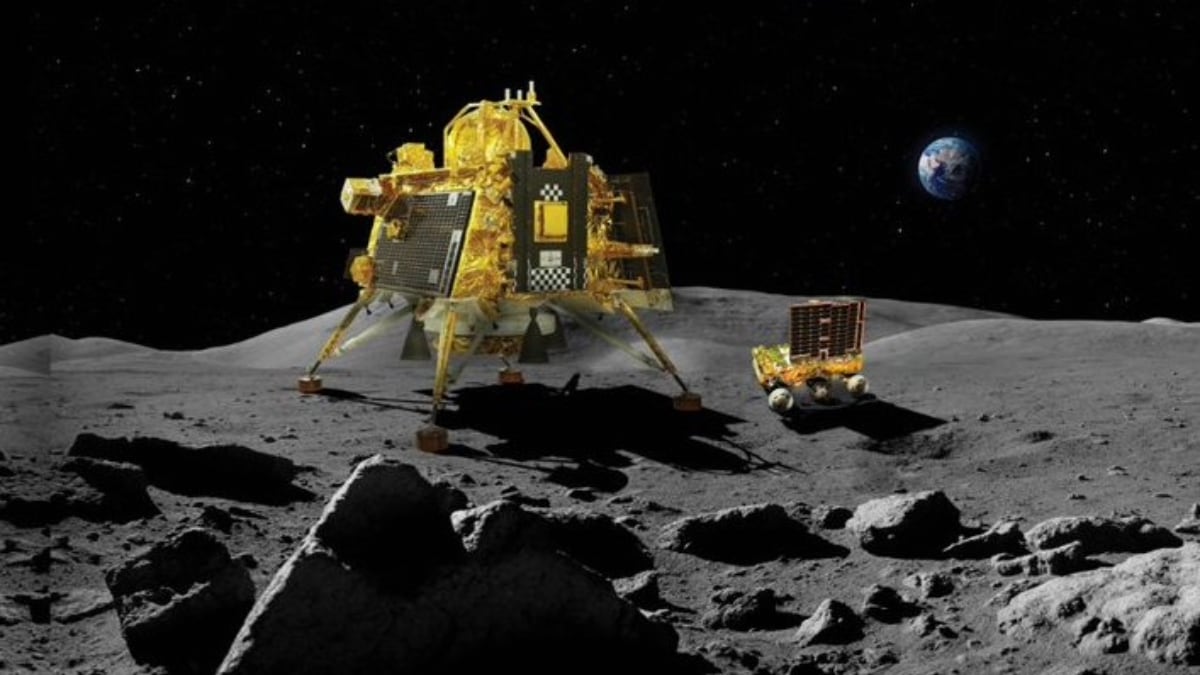According to reports, Santosh Vadavale and his team at the Ahmedabad-based Physical Research Laboratory (PRL) have discovered that the outermost layer of lunar soil around the landing site, called regolith, had a similar elemental composition. It was mainly made of ferroan anorthosite rock.
The team of scientists has also discovered evidence of a magma ocean near the moon’s south pole, which may have existed there in the past. According to the report of Times of India, scientists have said that the results obtained from the data of Chandrayaan-3 have confirmed the hypothesis of there being a magma ocean on the Moon.
This means that the Moon’s mantle formed when heavy metals sank inward and lighter rocks floated to the surface, forming the Moon’s outer surface. this study journal nature Has been published in. This information has been obtained from the data sent from the Alpha Particle X-ray Spectrometer (APXS) mounted on the payload of Pragyan Rover. APXS was developed by the scientists of PRL. It was made to test the lunar soil.
What was the moon like when it was formed?
There is a hypothesis that when the Moon was formed, it was completely an ocean of magma. As the magma cooled, heavy minerals sank, forming the inner layers of the Moon. Heavy minerals included olivine and pyroxene. While lighter minerals like plagioclase started floating there, which formed the outer layer of the moon.
Magma is molten rock beneath the ground. Some solid rock pieces and volcanic gas may be mixed in it.
